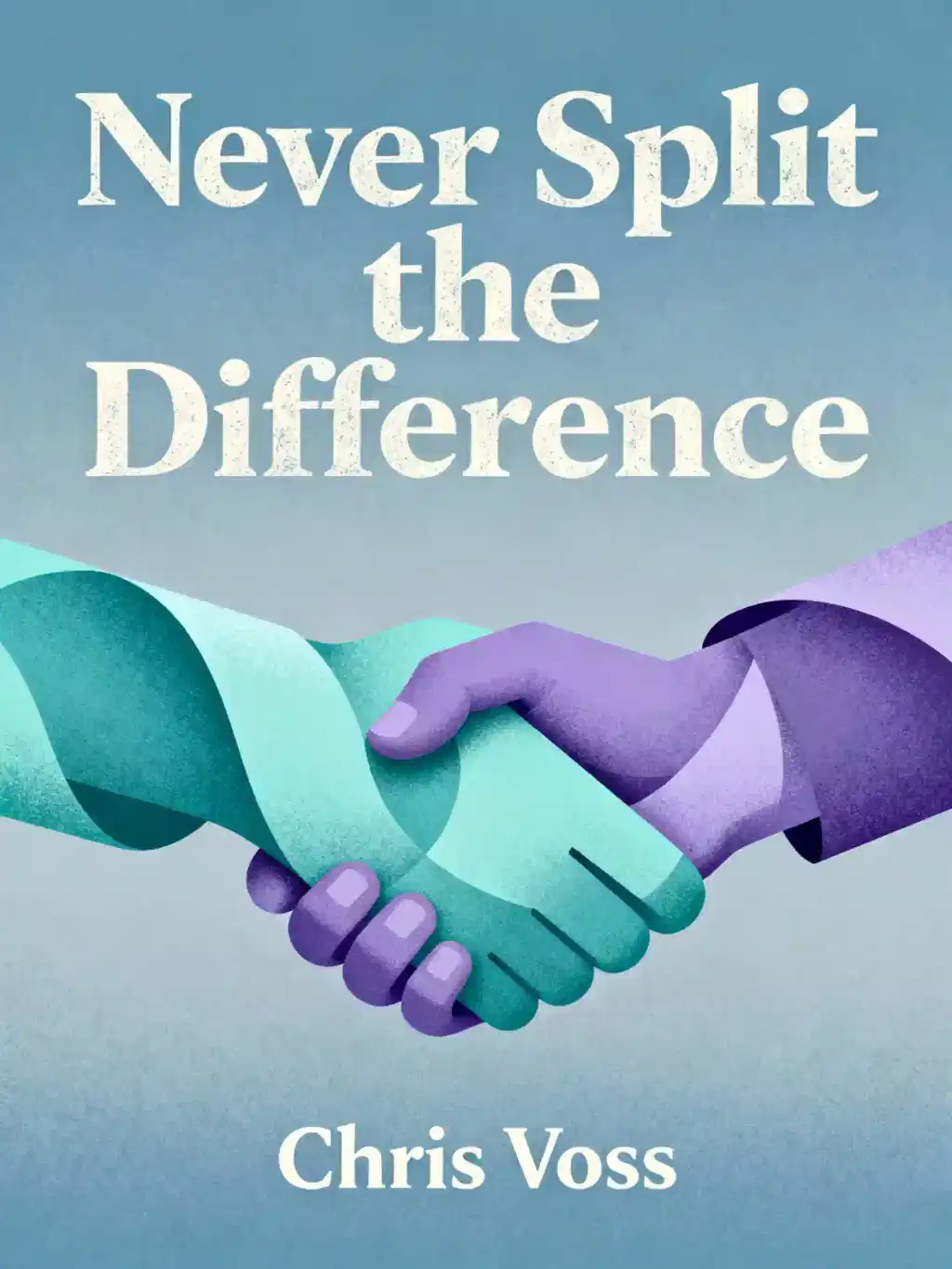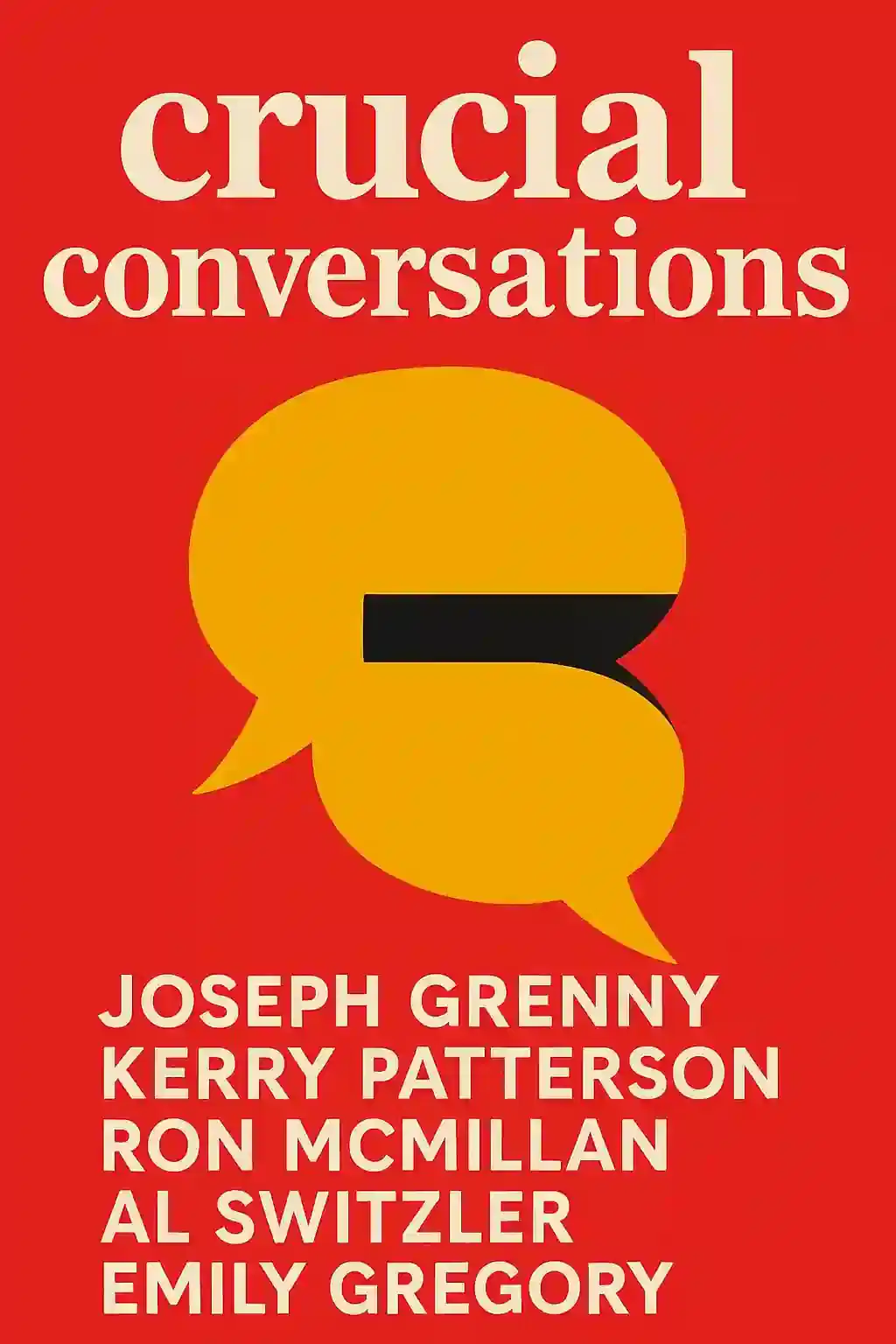
Never Split the Difference by Chris Voss Summary
Overview of Never Split the Difference
Former FBI hostage negotiator reveals life-saving techniques that transformed business deals worldwide. Endorsed by Adam Grant and with 3 million copies sold, this 4.8-rated bestseller teaches tactical empathy that GORUCK's CEO made required reading. What high-stakes conversation could you win tomorrow?
Similar books to Never Split the Difference
Feel the book through the author's voice
Turn knowledge into engaging, example-rich insights
Capture key ideas in a flash for fast learning
Enjoy the book in a fun and engaging way
Key takeaways
The Psychology of Negotiation: Emotions Drive Decisions
Imagine walking into a bank where a robbery has gone wrong. Hostages are terrified, the robber is desperate, and one wrong word could cost lives. What would you say? For over two decades, Chris Voss faced these life-or-death scenarios as the FBI's lead international kidnapping negotiator. Through these extreme situations, he discovered something revolutionary: everything we've been taught about negotiation is fundamentally wrong. Traditional negotiation wisdom emphasizes rational problem-solving and finding middle ground-"splitting the difference." But real-world negotiations reveal that humans aren't rational decision-makers. Even the most analytical minds are driven primarily by emotion. Daniel Kahneman's research confirms this: our emotional System 1 thinking guides our rational System 2 thinking, not vice versa. This insight transformed hostage negotiation after tragic failures at Ruby Ridge and Waco. The FBI realized that addressing the emotional core of human interaction-through techniques like active listening and tactical empathy-dramatically improved their success in saving lives. The implications extend far beyond hostage situations. Every day, we negotiate constantly with bosses, colleagues, family members, and service providers. By understanding that emotions drive decisions, we gain the ability to shape outcomes in all areas of life.
Mirroring: The Simple Technique That Opens Minds
Tactical Empathy: Labeling Emotions to Defuse Tension
The Strategic Power of "No"
Calibrated Questions: Guiding Without Controlling
Shaping Perception: The Malleable Nature of Value
Black Swans: Finding the Unknown Unknowns
Quick Summary Mode - Read or listen to Never Split the Difference Summary in 9 Minutes
Break down key ideas from Never Split the Difference into bite-sized takeaways to understand how innovative teams create, collaborate, and grow.
Flash Card Mode - Top 11 Insights from Never Split the Difference in a Nutshell
Distill Never Split the Difference into rapid-fire memory cues that highlight Pixar’s principles of candor, teamwork, and creative resilience.

Fun Mode - Never Split the Difference Lessons Told Through 23-Min Stories
Experience Never Split the Difference through vivid storytelling that turns Pixar’s innovation lessons into moments you’ll remember and apply.
Personalize Mode - Read or listen to Never Split the Difference Summary in 0 Minutes
Ask anything, pick the voice, and co-create insights that truly resonate with you.

From Columbia University alumni built in San Francisco
"Instead of endless scrolling, I just hit play on BeFreed. It saves me so much time."
"I never knew where to start with nonfiction—BeFreed’s book lists turned into podcasts gave me a clear path."
"Perfect balance between learning and entertainment. Finished ‘Thinking, Fast and Slow’ on my commute this week."
"Crazy how much I learned while walking the dog. BeFreed = small habits → big gains."
"Reading used to feel like a chore. Now it’s just part of my lifestyle."
"Feels effortless compared to reading. I’ve finished 6 books this month already."
"BeFreed turned my guilty doomscrolling into something that feels productive and inspiring."
"BeFreed turned my commute into learning time. 20-min podcasts are perfect for finishing books I never had time for."
"BeFreed replaced my podcast queue. Imagine Spotify for books — that’s it. 🙌"
"It is great for me to learn something from the book without reading it."
"The themed book list podcasts help me connect ideas across authors—like a guided audio journey."
"Makes me feel smarter every time before going to work"
From Columbia University alumni built in San Francisco

Get the Never Split the Difference summary as a free PDF or EPUB. Print it or read offline anytime.










